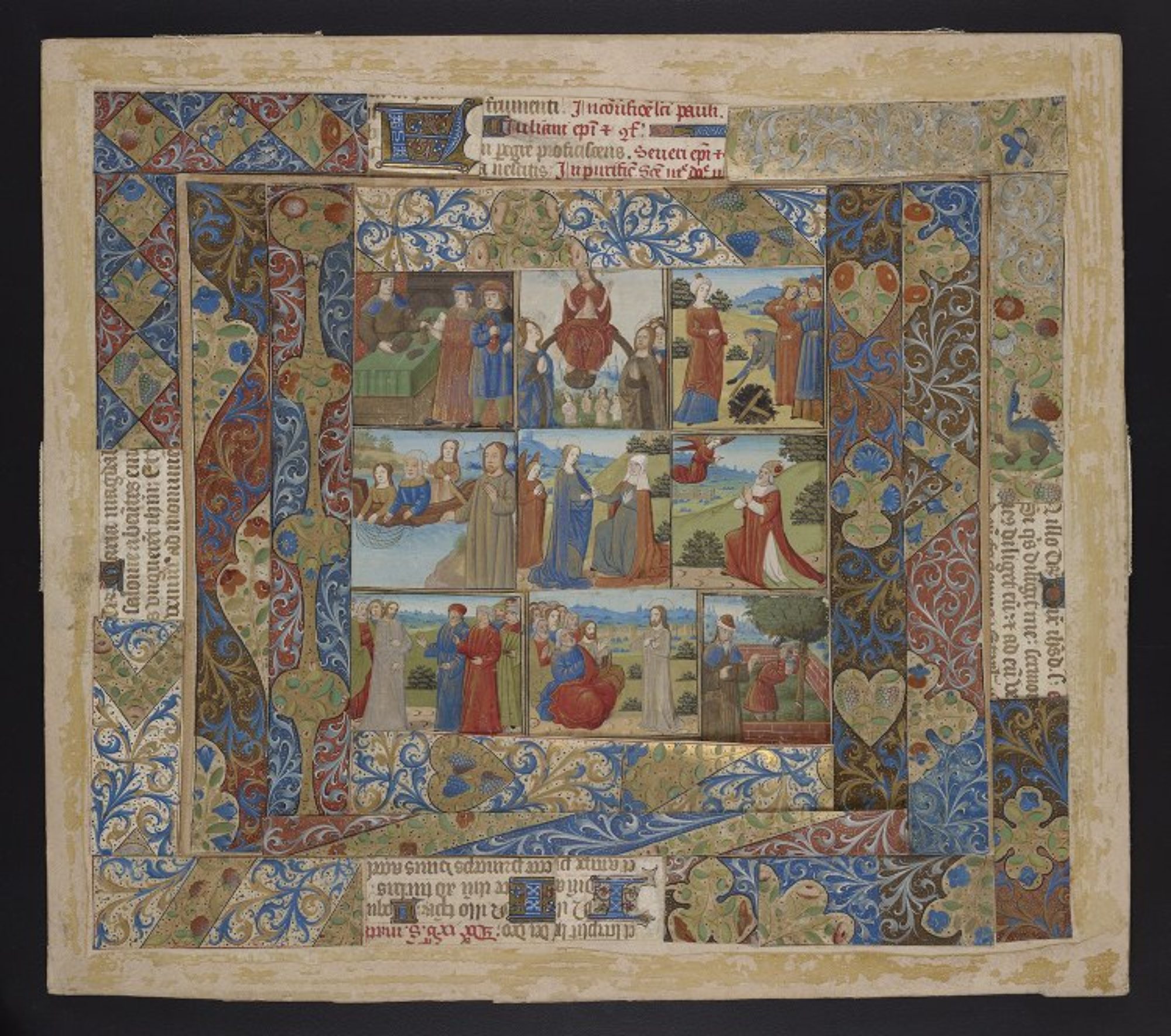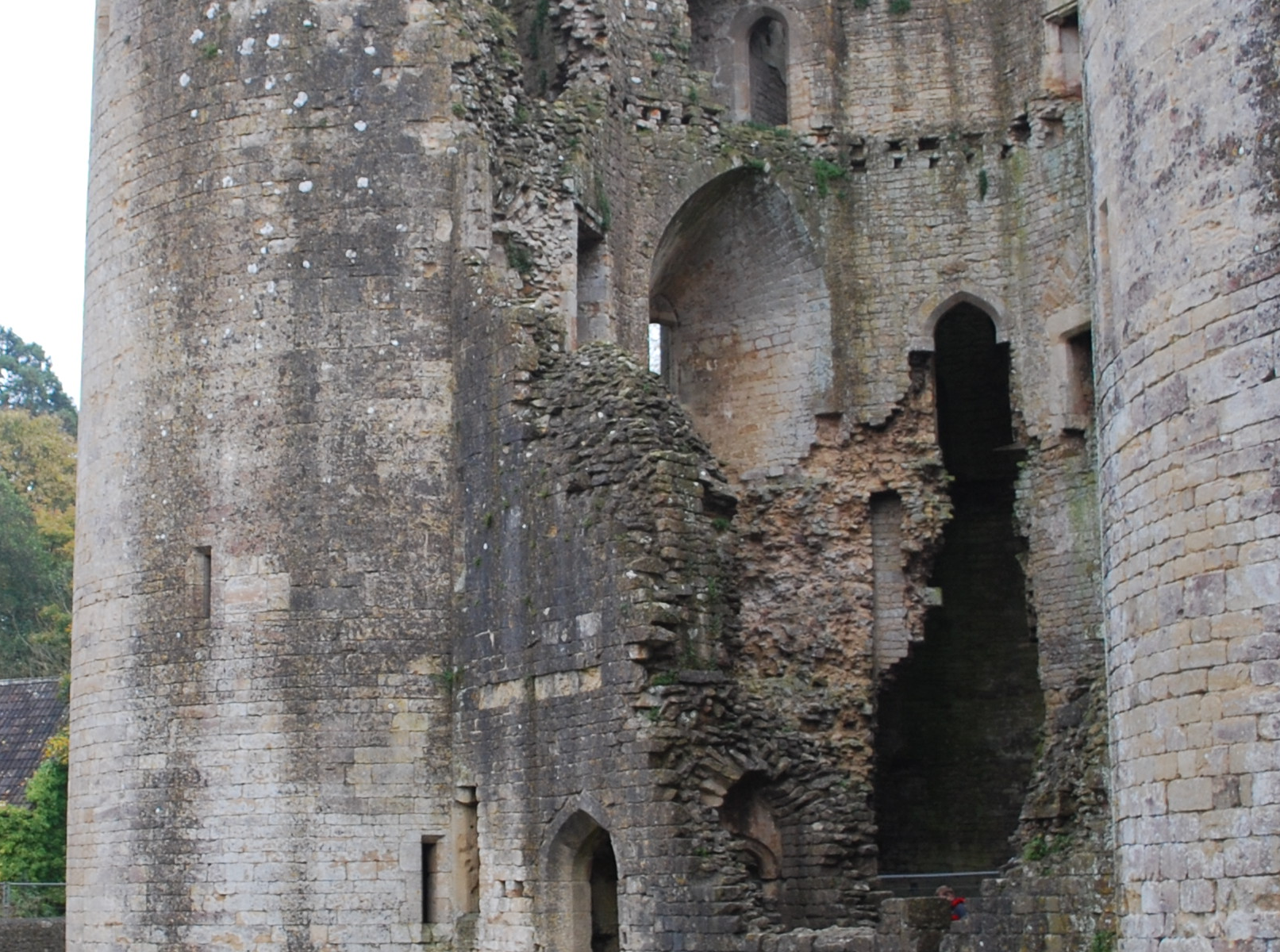For the #madememedieval hashtag currently going around Twitter, here’s the story of how I became a medievalist (although I didn’t realize it until much later). This is part of the Preface to Reactions Medieval/Modern, the catalog for the exhibit I curated at the University of Pennsylvania Libraries in Fall 2016.
Continue reading “Reaction, a Mémoire”
Development in production
